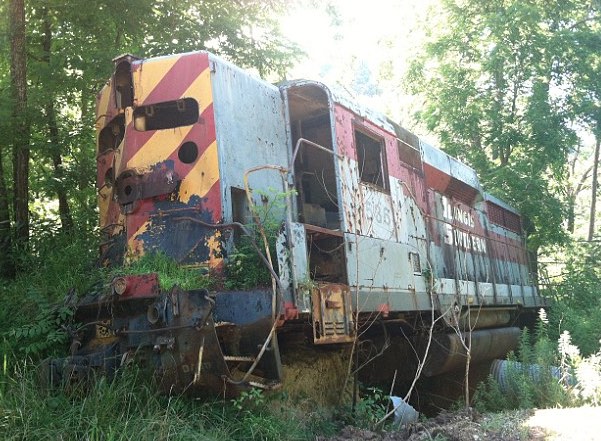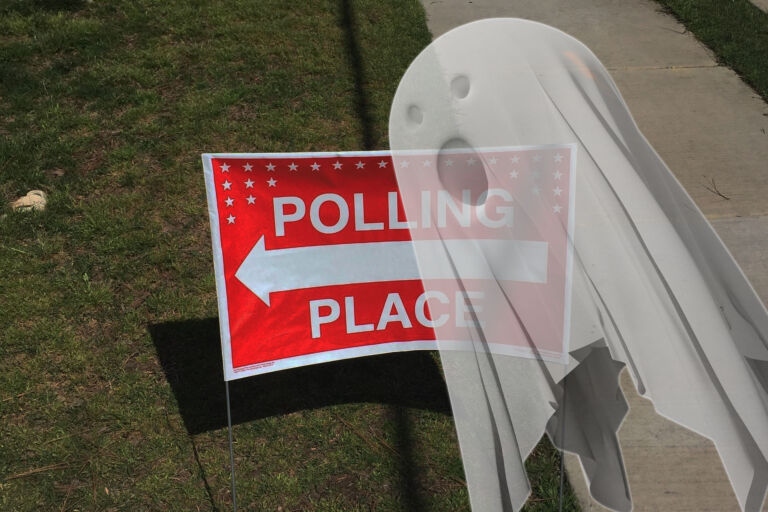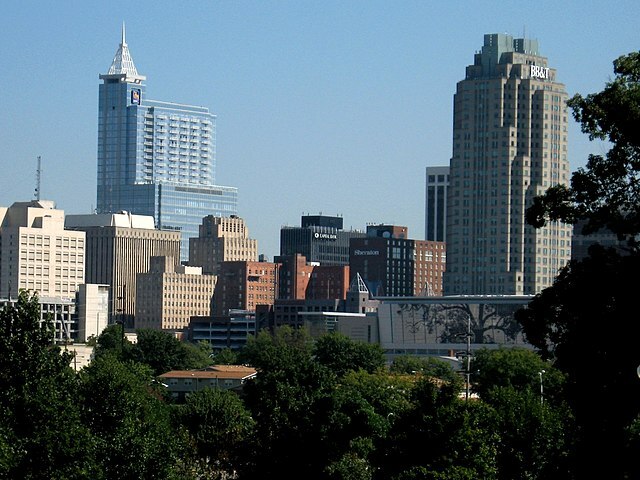Randal O’Toole writes in The Wall Street Journal today about the short-sighted folly of cities — such as Nashville, San Antonio, and Tampa — planning to drop billions of dollars into light rail to solve transit woes. His reasons:
 Big drop-offs in ridership
Big drop-offs in ridership
Transit ridership continues to fall off in big numbers nationwide, including “catastrophic” drops in ridership in 2010 in several areas, including by “15% to 20% in Atlanta, Charlotte, Los Angeles, Miami, San Antonio and Washington.”
Doubling down on rail transit by adding lines and cutting bus service in Los Angeles, Atlanta, Dallas, Sacramento and San Jose didn’t work. (Not to mention, it is a bad-faith effort against especially poor commuters to boost rail numbers.)
Wider dispersal of jobs
Another trend is that “jobs have become less highly concentrated in city centers.” This is a key fact: “Outside the areas of New York, Boston, Chicago, Philadelphia, San Francisco and Washington, transit carries less than 1% of passenger travel.”
Technological change and ever-evolving free-market solutions
Market forces working in many varied and unpredictable ways — or unplanned ways, meaning not able to be foreseen or governed by city planners — continue to solve problems. So:
low gas prices and ride-sharing services have given people better options. Census data show that 96% of American workers live in households with at least one car, and anyone with a smartphone can summon an Uber or Lyft.
Services like Uber and Lyft are clear examples of technological change, but so is hydraulic fracturing, and you can thank fracking for the low gas prices.
And there are other changes on the horizon, some we can’t know yet, but one is close enough for responsible planners to recognize and consider: driverless cars.
Instead of spending billions on new rail lines, cities like Nashville, San Antonio and Tampa ought to use buses to move people faster, more safely, and for far less money. Rail is simply a bad investment.
That’s especially true given the bets being made by companies like Ford, Google and Uber on driverless cars. Some analysts predict that by the middle of the next decade, calling a driverless car will be as easy as hailing an Uber today. Why walk in the heat or cold for a bus or streetcar when you can hail a driverless car to your door for less money than the transit fare?


